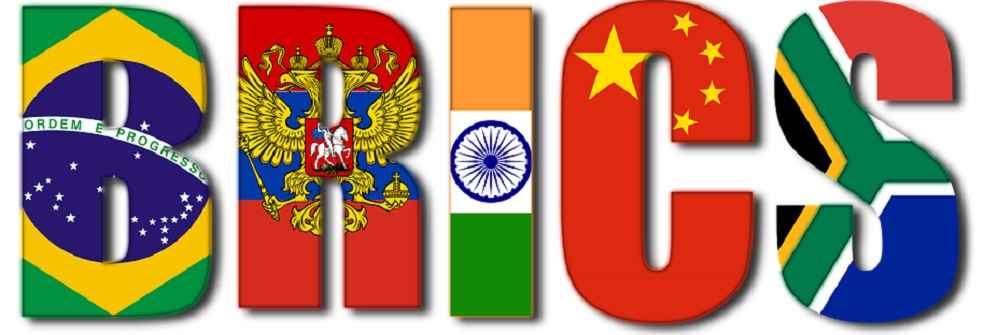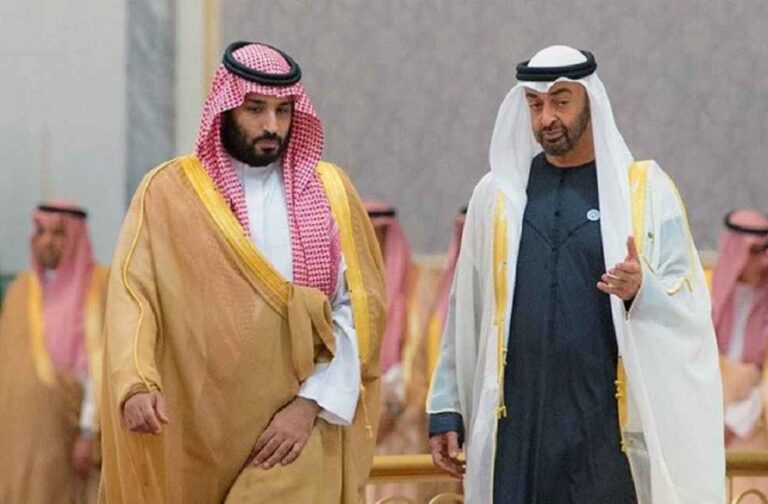The unveiling of the India-Middle East-Europe Economic Corridor (IMEC) marks a defining moment in the global trade landscape. This ambitious initiative propels Asia, Africa, and the Middle East into the limelight, with forecasts suggesting that by the close of this decade, these regions could account for nearly half of the world’s trade
Revealed at the G20 summit in New Delhi, IMEC is more than just a blueprint. Projections highlight its potential to drive exports from its participant regions to constitute 44% of global commerce by 2030. Such an expansion can be traced back to pivotal agreements, notably the African Continental Free Trade Area, the Belt and Road Initiative, and the Regional Comprehensive Economic Partnership. Together, these pathways promise to stimulate growth in Asia, Africa, and the Middle East, projected to outstrip the global average by a significant four percentage points.
Positioned at the heart of this corridor, the interests of 1.4 billion Indians now intersect with vast European and Middle Eastern markets. This convergence casts the UAE and Saudi Arabia in key roles, shaping them as pivotal hubs in this expansive trade network.

But IMEC’s promise is not without challenges. To fully realize its transformative potential, pressing matters such as standardization, tariff adjustments, and judicial oversight must be navigated. The Brexit episode serves as a reminder of the complexity of such endeavors.
With adept management, IMEC offers the prospect of reshaping economic structures, spurring job growth, and bolstering economic resilience across participating nations. Its synergy with other trade routes promises to further boost the influence of the UAE and Saudi Arabia on the world stage.
The Gulf’s prominence is set to grow even more pronounced. Saudi Arabia and the UAE are poised to integrate into the BRICS bloc—encompassing Brazil, Russia, India, China, and South Africa. It accentuates the Gulf’s pivotal role in global commerce. Acting as a bridge connecting the West with the dynamic Global South, both the UAE and Saudi Arabia are poised for significant economic and political ascendance.

Data supports this rise. By 2030, trade activities spanning the Middle East, Africa, and Asia could surge from $21 trillion to an impressive $32.6 trillion. This anticipated growth reflects the robust GDP performances of Saudi Arabia and the UAE in 2022, with increases of 8.7% and 7.9%, respectively.
Witnessing this shift, major financial institutions like Standard Chartered are gearing up. Their focus is on evolving a comprehensive financial ecosystem, seamlessly blending traditional trade finance with cutting-edge digital platforms while upholding stringent environmental, social, and governance (ESG) standards.
With the Gulf poised to be the heartbeat of the emerging global economic architecture, the stage is set for financial entities to play transformative roles. The success and integration of IMEC will undeniably shape this vibrant future.
GLOBAL ROUNDUP | G20 Unveils Mega Rail and Ports Deal: A Game Changer in Global Trade



